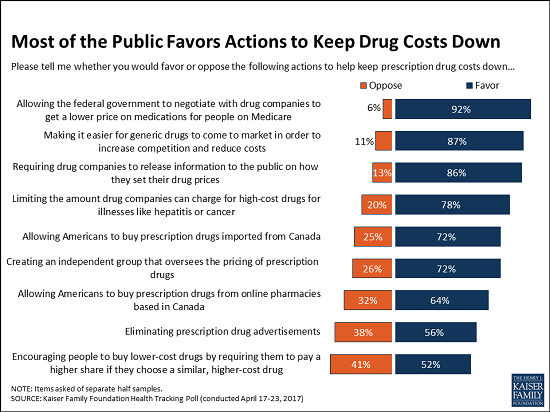Newswise — When it comes to
prescribing medications to their patients, physicians could use a dose of extra
training, according to a new study led by a UCLA researcher.
In
previous studies, Dr. Derjung Tarn and her colleagues found that when doctors
prescribed medicines, the information they provided to patients was spotty at
best, they rarely addressed the cost of medications and they didn't adequately
monitor their patients' medication adherence.
The logical
next step, Tarn said, was to devise an intervention aimed at improving how
physicians communicate to their patients five basic facts about a prescribed
medication: the medication's name, its purpose, the directions for its use, the
duration of use and the potential side effects.
And it appears to have worked.
Tarn and
her co-researchers found that physicians who completed the training
demonstrated a significant improvement in how they communicated this crucial
information.
Compared to a control group that didn't receive the training,
these doctors discussed at least one additional topic out of the five — and
they sometimes went beyond the basics, touching on other pertinent facts about
medications that are important for patients to know.
The
intervention is described in the January issue of the journal Annals of Family Medicine.
"We
were pleasantly surprised to see that a simple intervention was effective in
improving the content of discussions," said Tarn, the study's lead author
and assistant professor of family medicine at the David Geffen School of
Medicine at UCLA.
The
researchers conducted a controlled clinical trial between February 2009 and
February 2010 with 27 primary care physicians and 256 patients.
The training
consisted of a one-hour interactive educational session that encouraged doctors
to communicate the five basic facts about prescribed medications.
The
researchers also gave the participating patients a flier listing the five
facts. In addition, they recorded the audio of the physician–patient
interactions.
The success of the physicians' communication of the key facts to
patients was measured using the Medication Communication Index, or MCI.
The
researchers found that the mean MCI for the physicians in the intervention
group was 3.95 out of five, compared with 2.86 for those physicians who didn't
receive the training. The intervention-group doctors also received higher
ratings from their patients on how they communicated information about
medications than did the physicians in the control group.
And,
significantly, the training resulted in more than just better communication
about the medications the physicians prescribed, according to the study.
"Interestingly,
higher MCI scores also were associated with more reports of communication about
topics not directly included in the intervention," the researchers write.
"For example, the intervention encouraged physicians to discuss potential
medication side effects with patients, but patients also reported better
communication about the risk of experiencing side effects and what to do if
side effects occurred."
The study
has some limitations. Patients were predominantly white, most had at least some
college education, and there were more Hispanics than African Americans.
Also,
having an audio recorder in the examination room may have enhanced
communication for physicians in the intervention group more than for those in
the control group, who were unaware of what the researchers were studying. In
addition, the researchers didn't examine the doctors' style of communication,
and they don't know if any additional time spent talking about new
prescriptions might have detracted from conversations about other topics.
Still, the
study suggests "that a brief, practical intervention can improve physician
communication about newly prescribed medications in ways that affect
patients," the researchers write. "The intervention should be tested
for its clinical impact."
Tarn's
co-researchers on the study were Chi-hong Tseng and Neil S. Wenger of UCLA,
Debora A. Paterniti of UC Davis, and Deborah K. Orosz of Harvard University.
A grant
from the National Institute on Aging (5K12AG001004) funded the study.
The UCLA
Department of Family Medicine provides comprehensive primary care to entire
families, from newborns to seniors. It provides low-risk obstetrical services
and prenatal and inpatient care at UCLA Medical Center, Santa Monica, and
outpatient care at the University Family Health Center in Santa Monica and the
Mid-Valley Family Health Center, located in a Los Angeles County Health Center
in Van Nuys, Calif. The department is also a leader in family medicine
education, for both medical students and residents, and houses a significant
research unit focusing on health care disparities among immigrant families and
minority communities and other underserved populations in Los Angeles and
California.

